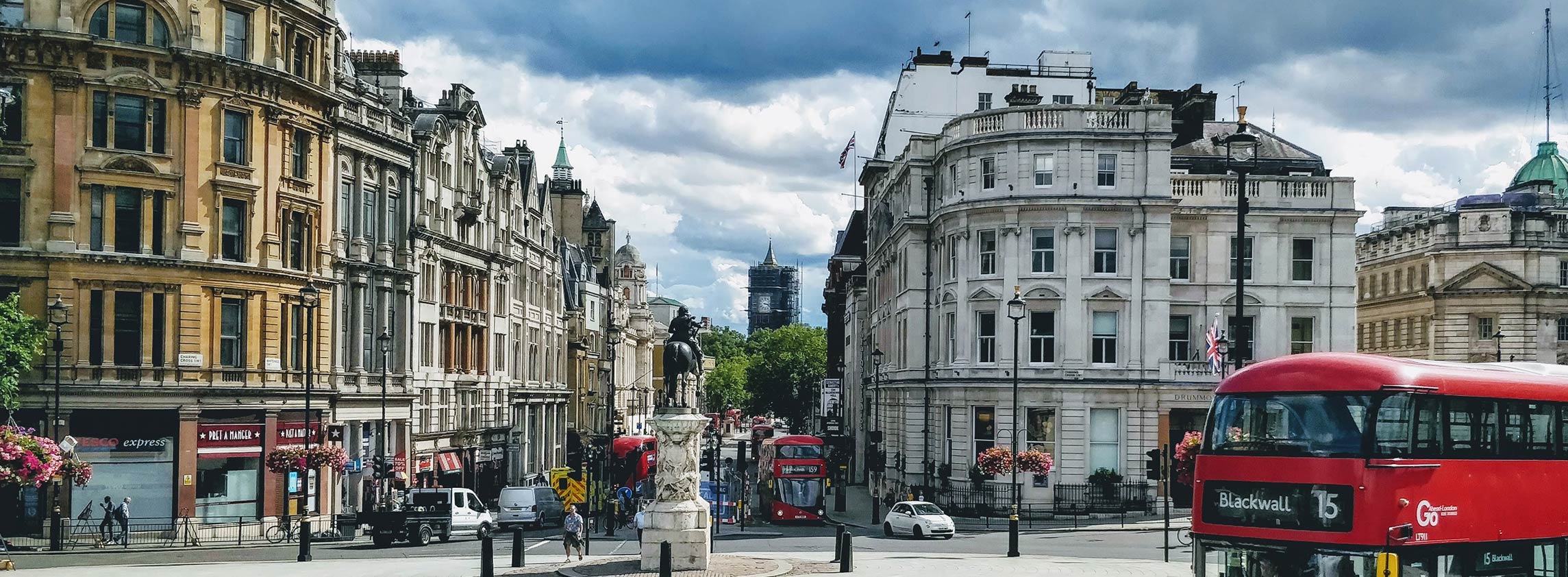Is the cost of living crisis impacting central London?
Retail spend nationally is starting to feel the impacts from the squeeze on disposable incomes. However, in London's West End, the impact would appear less pronounced.
Headline June sales in the West End were 8% below equivalent 2019 levels, but this was largely due to the continued drag being exerted by reduced international spend as overseas visitor numbers continue to recover. In sharp contrast domestic spend was 22% up on 2019, suggesting the cost of living squeeze is yet to hit domestic spend in the West End.
Despite international arrivals and spend in the West End still below pre-Covid levels, numbers continue their upward trajectory. For example, international spend accounted for 42% of total spend in June, representing the highest post-Covid share. The resumption of international tourism has resulted in renewed activity by international brands. US premium brands, buoyed by strong trading in their home market and the recent strengthening of the dollar against the pound, have been particularly active. Alice + Olivia and Veronica Beard both opened debut London stores on Bruton Street in June, while Marc Jacobs opened its largest international boutique, on Regent Street. We expect more North American premium brands to look to London for expansion opportunities over the coming months, albeit this may be tempered by gathering uncertainty around the global economy.
Robust occupational demand in the premium end of the market was also highlighted by Seiko and Pronovias securing units on GPE's New Bond Street redevelopment. This was also reflected in a 6.7% improvement in prime headline indicative ZA rents in Mayfair's luxury quarter over the first half of 2022.
Meanwhile, inflationary pressures and weakening economic sentiment is starting to exert an influence on occupier confidence in some parts of the market. For example, while demand is up compared to several months ago, there is increasing nervousness around occupational and fit-out costs. Likewise, operational challenges in terms of staffing and supply chains are also having an impact. For example, while we are seeing more F&B operators in the market looking for opportunities, particularly international new entrants, individual roll-out aspirations have been reduced.
This general softening in sentiment is likely to widen the gap between landlord/tenant expectations. The question is whether this will impact rents. We do not expect this to generate any downward pressure on rents. Rather we expect prime headline rents to hold at their current level following the improvement seen over the first half of this year, with upward pressure only for the best units in the best locations.
Central London retail investment overview Q2 2022
Key investment headlines Q2 2022
The central London retail investment market remains limited in terms of activity, with only six transactions completing in H1 2022, totalling £359.7 million.
While this is thin compared to the ten-year H1 average of £919.5 million, it doesn't necessarily represent a lack of buyer appetite but instead reflects the limited stock available across the market, as current owners remain reluctant to sell during a downturn.
Yet again, activity on Bond Street has accounted for the majority of volumes this year to date, with Aermont Capital acquiring Bond Street House for c.£160 million in March and LVMH buying O&H's freehold interest on 160–162 New Bond Street in May. This highlights the ongoing appetite for high-turnover units with more resilient occupational demand, which has maintained current yields on Bond Street, which remain at 2.75%.
The ongoing surge in inflation, cost-of-living crisis and political upheaval across the UK continues to damage the value of the pound. In turn, this could strengthen investor appetite from international buyers looking to capitalise on the currency play – particularly from markets with relatively stronger currencies, including the US.
Further reading:
Real Estate Insights Podcast: The Retail Takeover – Global Luxury Retail
Real Estate Insights Podcast: The Retail Takeover – The evolution of womenswear with RIXO and Jigsaw
The latest edition of Re:Imagining Retail is out now – read issue 2 here
